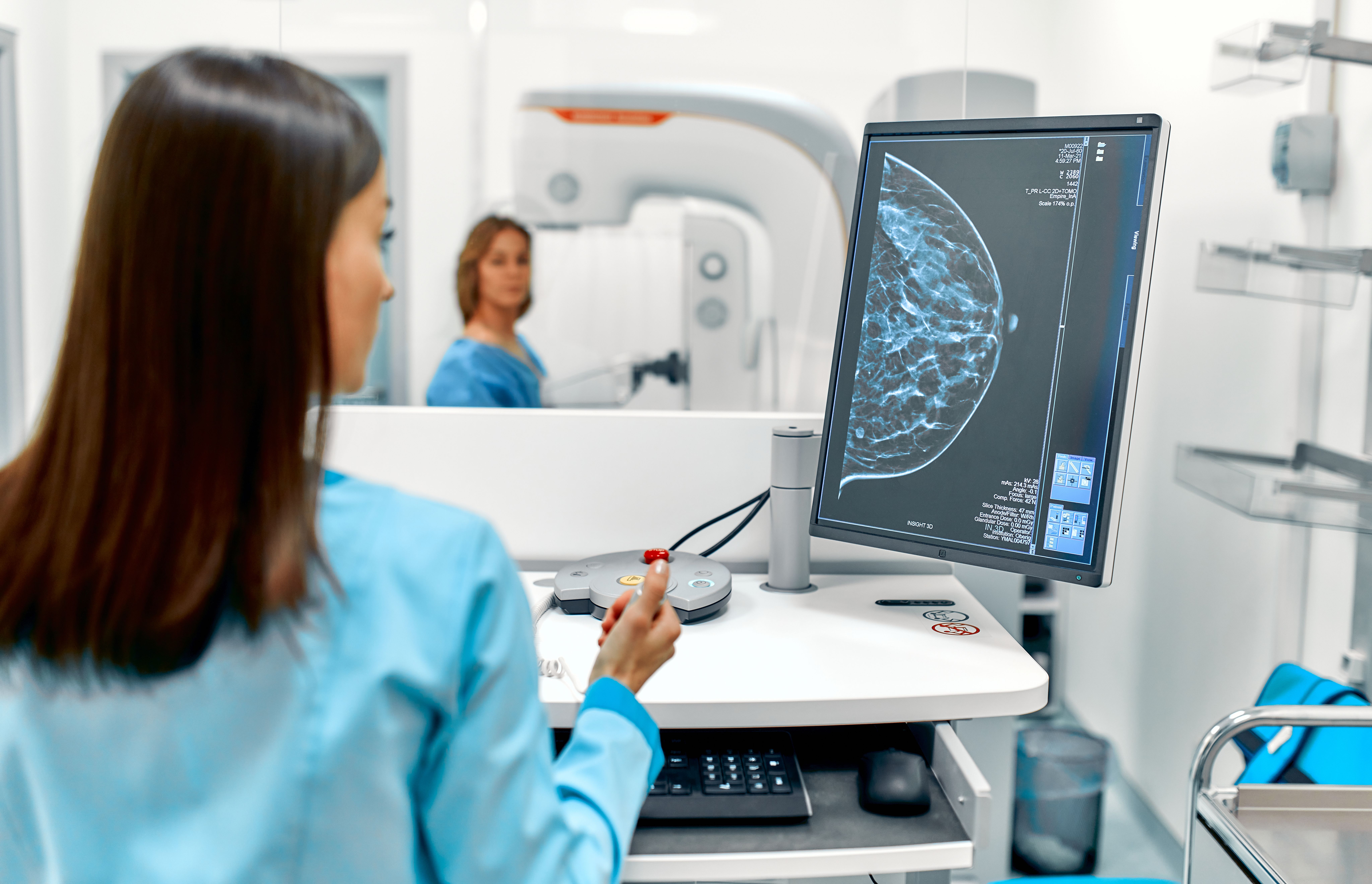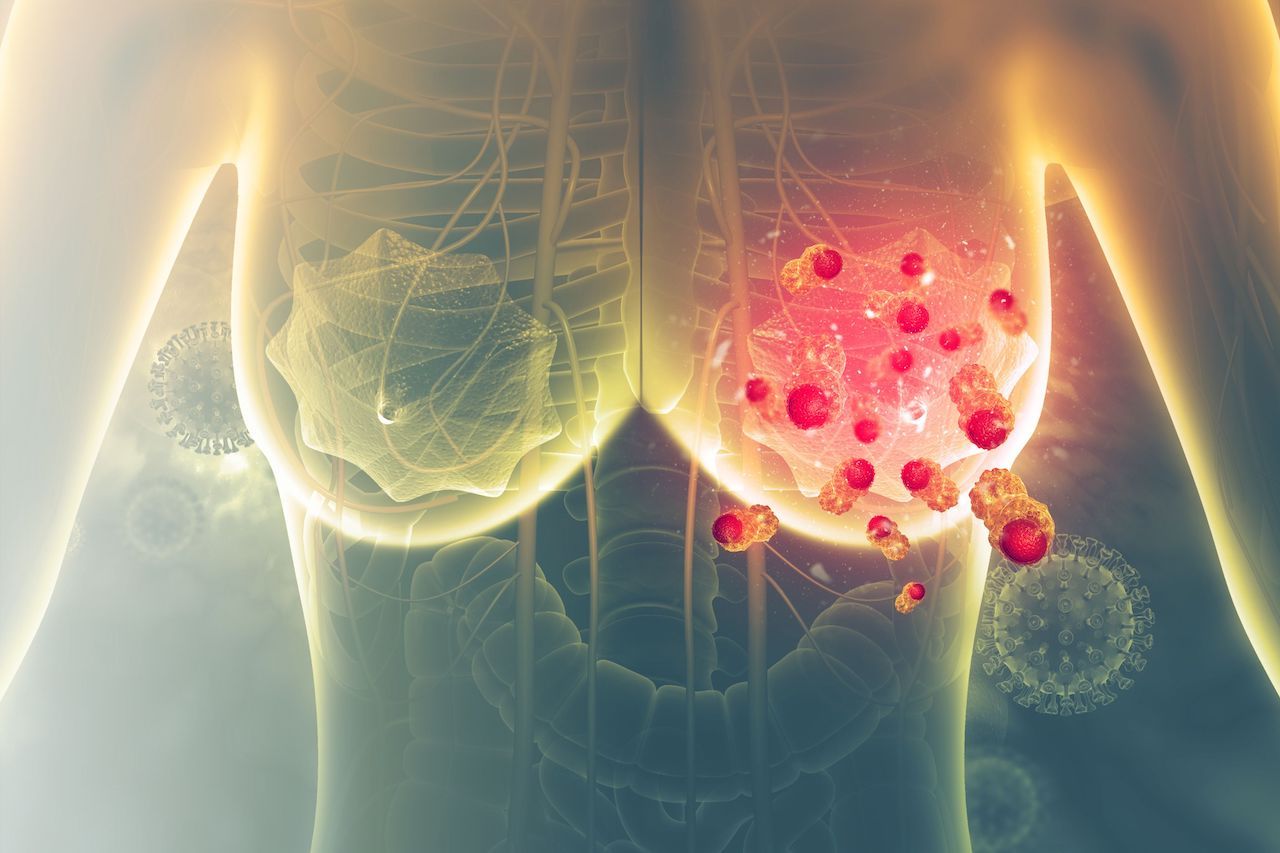Article
Patients With Breast Cancer, COVID-19 Fared Well in Recent Study
Author(s):
A small trial out of Columbia University Irving Medical Center shows encouraging recovery results among patients with breast cancer who contracted coronavirus disease 2019 (COVID-19), which was confirmed by reverse transcription-polymerase chain reaction, and/or high clinical or radiographic suspicion. Hospitalization was not necessary for nearly three-quarters of the patients.
A small study out of Columbia University Irving Medical Center (CUIMC) shows encouraging recovery results among patients with breast cancer who contracted coronavirus disease 2019 (COVID-19), which was confirmed by reverse transcription-polymerase chain reaction (81%) and/or high clinical symptoms (15%) or radiographic imaging (4%) suspicion, most (52%) as outpatients.
Between March 10 and April 29, 2020, demographic, treatment, and outcome data on 27 (0.6%) patients with stage I to IV breast cancer—the majority of whom (19%) had stage I to III disease—were gathered from among the 4515 patients in CUIMC at that time being treated for COVID-19. Of these patients with breast cancer, 96% were female, and the majority were white (56%), Hispanic (44%), or black (22%). Their median age was 56 years (range, 32-87), the median body mass index was 28.5 kg/m2 (range, 21-47), and more than a quarter (26%) were current or former smokers.
At least 20% of the patients with breast cancer had 1 comorbidity; the most common were hypertension (56%) and diabetes and pulmonary disease (22% each). These patients also had undergone treatment in the 6 months before their COVID-19 diagnosis, which consisted of the following:
- Chemotherapy, 59%
- Hormone therapy, 44%
- Human epidermal growth factor receptor 2 (HER2)-directed therapy, 22%
- Breast surgery, 22%
- Radiation therapy, 7%
- Checkpoint-inhibitor therapy, 4%
The therapies dropped, however, when it came to the last treatment received before the COVID-19 diagnosis:
- Chemotherapy, 52%, a median of 12 days (range, 7-749)
- Hormone therapy, 37%, a median of 1 day (range, 1-81)
- HER2-directed therapy, 11%, a median of 21 days (range, 20-34)
Thirty percent of the patients had at least 4 symptoms of COVID-19 at diagnosis, 26% had 3 symptoms, 26% had 2 symptoms, 15% had 1 symptom, and 4% were asymptomatic. Ranging from most to least common, these symptoms were cough (70%), fever and shortness of breath (52% each), fatigue (30%), diarrhea (22%), myalgia (19%), headache (11%), and sore throat, anosmia, and nasal congestion (7% each).
Overall, just 26% of the 27 patients with breast cancer had to be hospitalized after the COVID-19 diagnosis, and all were discharged alive. They all also were able to receive treatment for their cancer during their hospitalization, either chemotherapy (28.6%) or hormone therapy (71.4%). Intubation was not required for any of the patients needing supplemental oxygen, despite 3 being former smokers.
Following discharge, and after a median follow-up from diagnosis of 26 days (range, 1-38) the only male patient in the study died. The authors view this last finding to be especially important because “COVID-19—positive males have reported worse outcomes than females.”
They also noted that due to their small study population, ongoing and larger studies are needed to confirm their results. Especially in light of the fact that 74% experienced some form of disruption in their cancer treatment and “it is unknown whether this represents a deviation from other patients who develop infections on therapy.”
Reference
Kalinsky K, Accordino MK, Hosi K, et al. Characteristics and outcomes of patients with breast cancer diagnosed with SARS-Cov-2 infection at an academic center in New York City. Breast Cancer Res Treat. Published online May 14, 2020. doi:10.1007/s10549-020-05667-6





